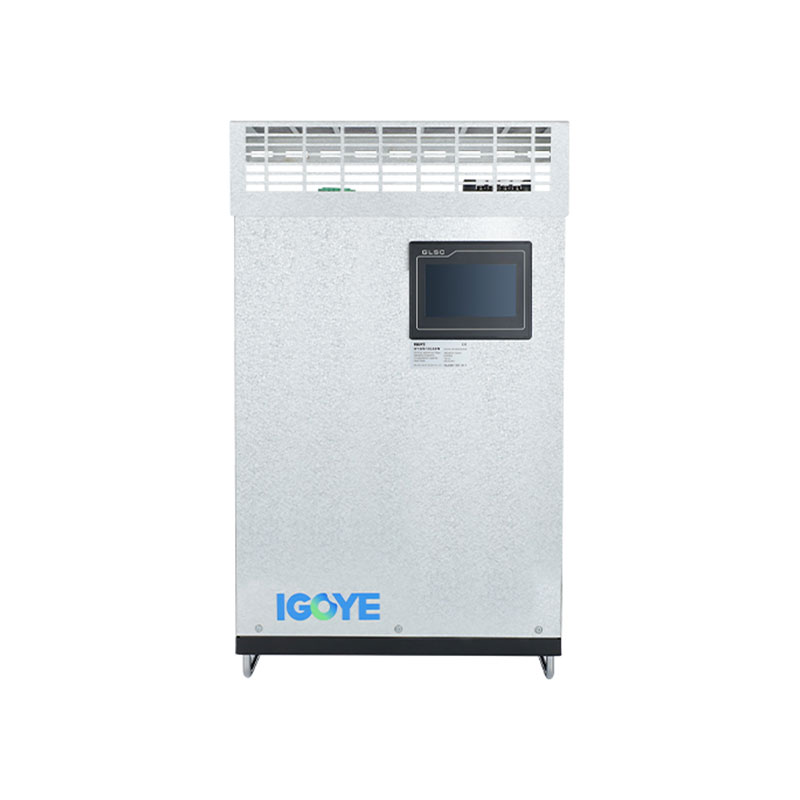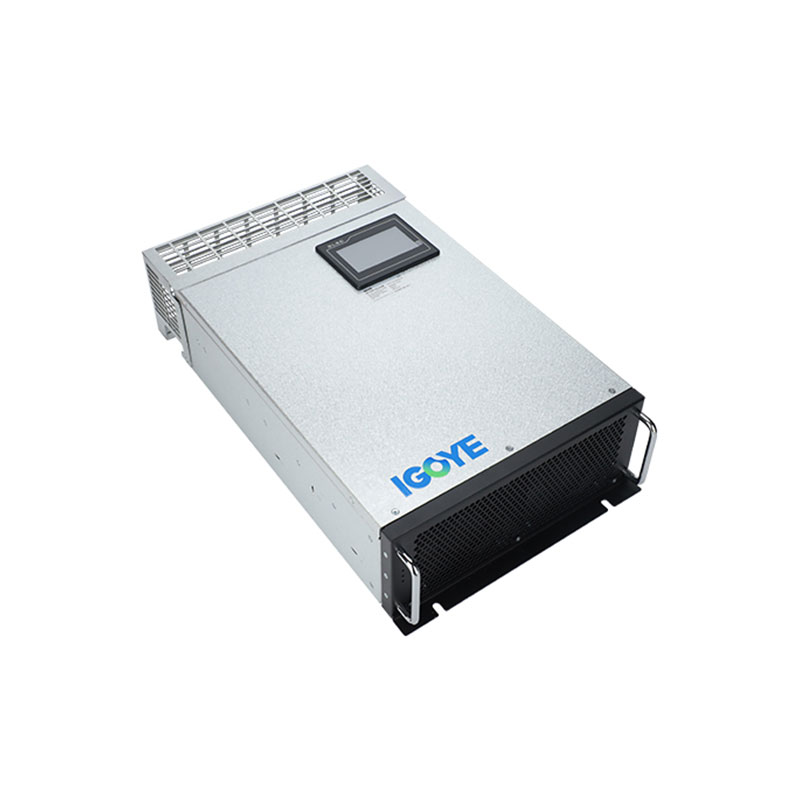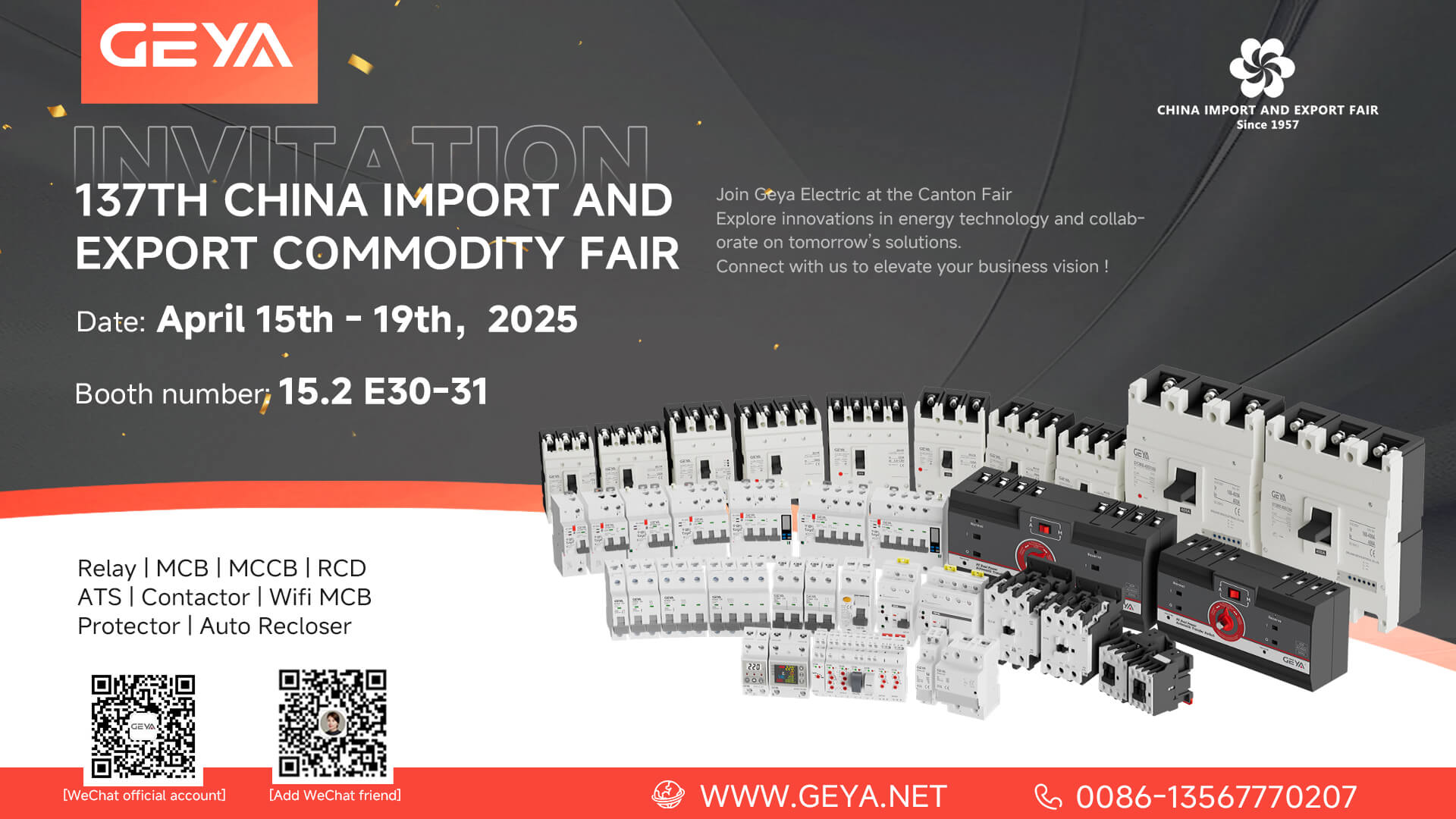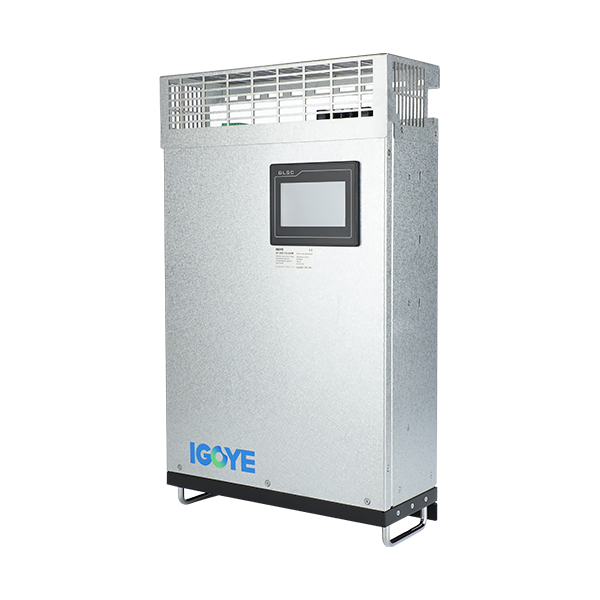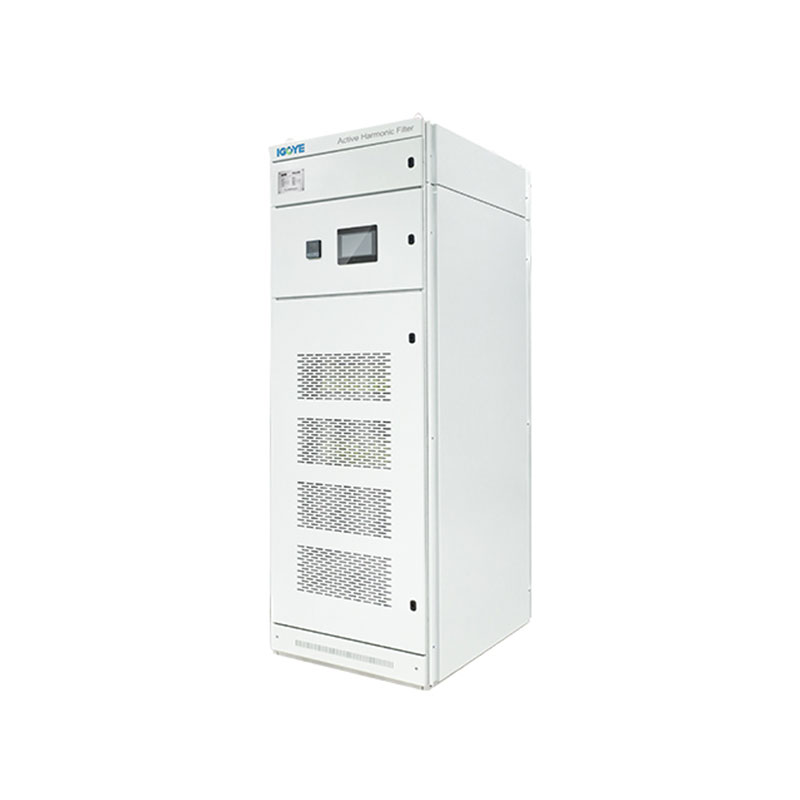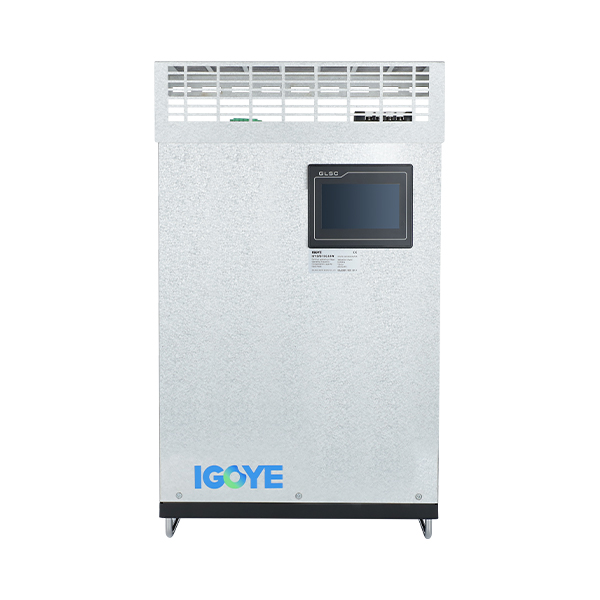FAQ
AHF
What is an active harmonic filter?
An active harmonic filter (AHF) is a power electronics device used to mitigate harmonic currents in electrical power systems. Active harmonic filters inject equal-but-opposite harmonic currents to cancel those generated by non-linear loads.
What is the working principle of an active harmonic filter?
Active harmonic filters operate by sensing harmonic currents, generating an inverse signal, and injecting this signal back into the power system to neutralize the harmonics. This maintains a cleaner sinusoidal current waveform, closer to the ideal fundamental frequency.
What are the types of active harmonic filters?
1.Series Active Filter: Connected in series with the load, compensating for voltage harmonics.
2.Shunt Active Filter: Connected in parallel with the load, compensating for current harmonics.
3.Hybrid Active Filter: Combines series and shunt active filters for comprehensive harmonic mitigation.
The difference between active harmonic filters and passive harmonic filters
Active filters actively cancel harmonics, offering dynamic and precise compensation. Passive filters use passive components (inductors and capacitors) to absorb specific harmonic frequencies, offering a fixed solution. Active filters are typically more expensive but offer better performance, especially with varying loads. Passive filters are simpler and more cost-effective for fixed harmonic problems.
SVG
What is a static var generator?
A Static Var Generator (SVG) is a power electronics device used to control reactive power in electrical systems. It provides fast-acting dynamic compensation for voltage regulation and power quality improvement.
What is the working principle of a static var generator?
SVGs utilize power electronic converters, typically voltage-sourced converters (VSCs), to synthesize reactive power. They can quickly adjust their output to generate or absorb reactive power as needed, maintaining system voltage stability.
The difference between static var generator and static var compensator
While both control reactive power, an SVG is a specific type of SVC that uses power electronics. SVC is a broader term encompassing various reactive power compensation devices, including thyristor-controlled reactors (TCRs) and thyristor-switched capacitors (TSCs), as well as SVGs. SVGs offer faster response and more flexible control compared to traditional SVCs.
The difference between static var generator and capacitor bank
Both provide reactive power compensation, but capacitor banks offer fixed compensation levels, while SVGs provide dynamic and variable compensation. Capacitor banks are simpler and less expensive but lack the flexibility and speed of SVGs.

